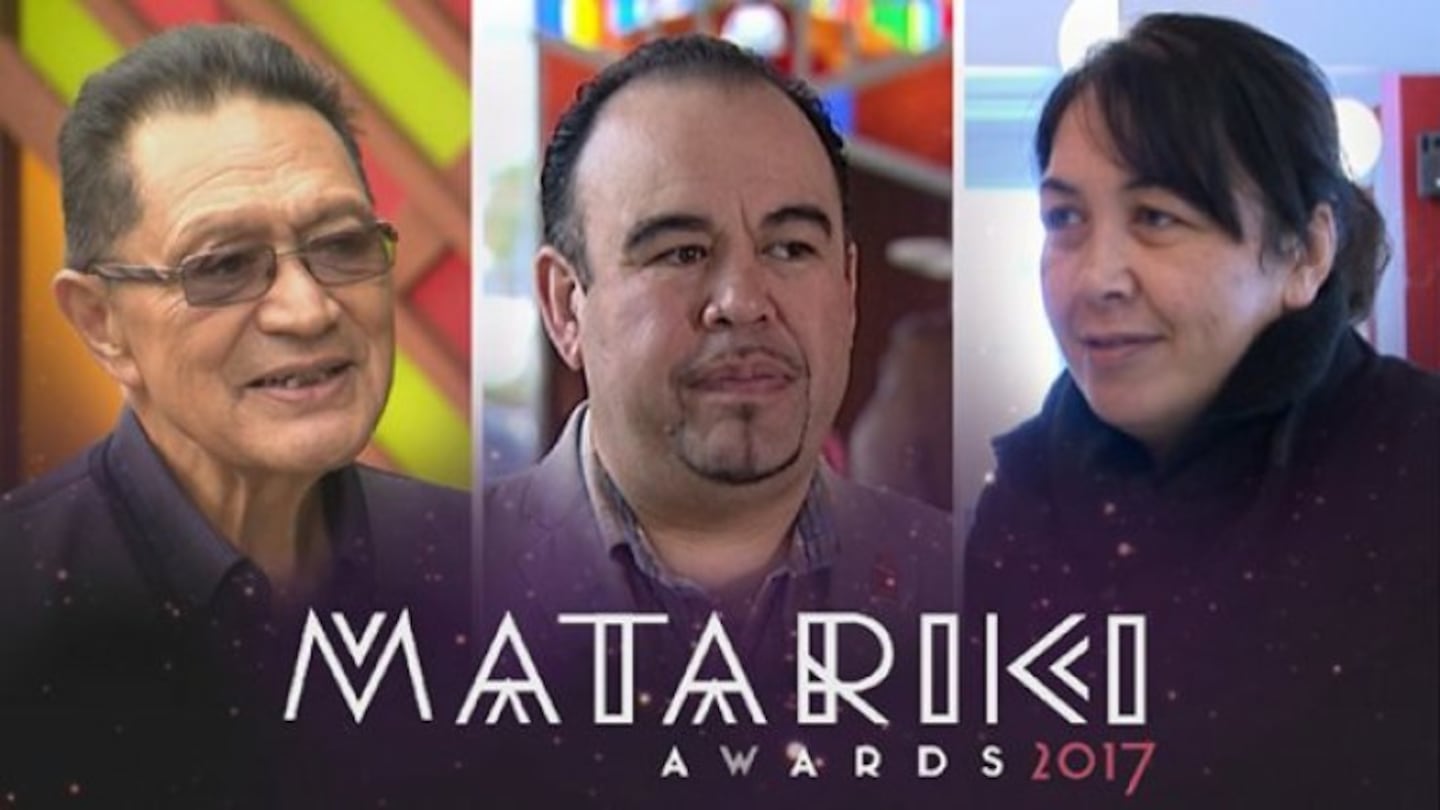Te Waitī Award for Te Reo and Tikanga represents special recognition of those individuals who are championing the revitalisation of the Māori language and culture and proactively increasing the awareness and status of te reo Māori in Aotearoa.
Professor Rawinia Higgins (Ngāi Tūhoe), Professor William Te Rangiua (Pou) Temara (Ngāi Tūhoe) and Paraone Gloyne (Ngāti Raukawa) are the finalists for this prestigious award.
Professor Higgins joined Victoria University as a Senior Lecturer at Te Kawa a Māui – School of Māori Studies in 2009.
Promotions followed rapidly and she became an Associate Professor in 2012 and a Professor, Head of Te Kawa a Māui and Assistant Vice-Chancellor Māori Research in 2014.
She is a widely acknowledged expert on the revitalisation of te reo Māori, has strong relationships with Māori communities and agencies and provides strategic advice that influences Māori policy development.
Professor Higgins has held many roles on boards, advisory groups and working parties during her career.
With respected research expertise in Māori language planning and policy, Professor Higgins chaired the review that helped shape the Te Ture mō Te Reo Māori (Māori Language) Act 2016.
Her governance roles on Māori broadcasting funding agency Te Māngai Pāho and the Māori Language Commission have allowed her to provide strategic advice on language policy in relation to these Crown agencies.
“To be able to participate in setting the future framework for policy related to language through the Māori Language Act was huge – a career highlight by far,” says Professor Higgins.
“As academics, we often talk about influencing policy change and this was policy change and legislation based on our work.”
Born in Ruatāhuna in 1948, Professor Pou Temara was the eldest grandchild and, in keeping with Tūhoe traditions, was raised by his grandparents, Tamahou Tinimene and Pareraututu, then later by his great uncle, Hikawera Te Kurapa.
From an early age, his formal schooling in the ancient rituals of Tūhoe began in earnest. Dr Temara completed his primary education at Huiarau Māori School in Ruatāhuna, then moved to Paerata to attend boarding school at Wesley College.
Moving to Wellington, he begin a long-term association with tertiary education – firstly at Wellington College of Education where he received a Teachers College Diploma in 1977 followed by a Māori Language Teachers Certificate in 1980 and later at Victoria University where he completed a Master of Arts with distinction in 1991.
Before beginning post-graduate studies, he joined Victoria University staff in 1986 as a senior lecturer. Here he taught Māori language, knowledge and culture for 16 years.
In 2003, he could no longer resist the pull of his iwi and home, returning to Mātaatua to take up briefly the position of Associate Professor and Head of Faculty, Mātauranga Māori, at Te Whare Wānanga o Awanuiārangi before accepting a Professorship at The University of Waikato where he currently resides.
Professor Temara is a recognised tohunga and a leader in Māori language, ancient karakia, kapa haka and whaikōrero.
He supports Te Papa Tongarewa as a tohunga and leader in the delicate repatriation of Māori human remains from around the world.
Professor Temara was appointed to the Waitangi Tribunal in 2008, is a director of the Māori unit for Radio New Zealand and appears in many Waka Huia series as an expert commentator on historical affairs.
He was instrumental in the creation of the first Māori language series screened on Television New Zealand in 1982, appearing as the presenter for Kōrero Mai.
In 2013, Professor Temara received an Honorary Doctorate of Philosophy (Hon Causa) in Māori Development from Te Whare Wānanga o Awanuiārangi.
Māori language advocate Paraone Gloyne pioneered the Mahuru Māori movement in 2014 to promote the speaking of te reo Māori in our daily lives.
Gloyne originally came up with the idea as something of a social experiment to see if he could speak te reo Māori for an entire month.
In 2016, the Mahuru Māori initiative was incorporated into the Māori language strategy of Te Wananga o Aotearoa, known as Reo Ora.
The chief executive of the wānanga, Dr Jim Mather, supported the initiative and encouraged the organisation’s 1,500 staff and 32,000 students to participate.
In 2016, Paraone was also involved in a roadshow called Te Iwa o Matariki. It was free to the community and an opportunity for the public to engage with traditional kōrero about Matariki and the theories around the stars.
“We can show you that there are actually nine stars in Matariki – not seven – according to Māori custom and tradition,” says Gloyne.
“The two other whetū (stars) are Pōhutukawa and Hiwaiterangi. Pōhutukawa has a connection to the afterlife and Hiwaiterangi has a connection to our aspirations and dreams for the year ahead.”
Paraone says the presentation is a “rediscovery of the old” and is vital in maintaining traditional Māori knowledge that could otherwise be lost.

